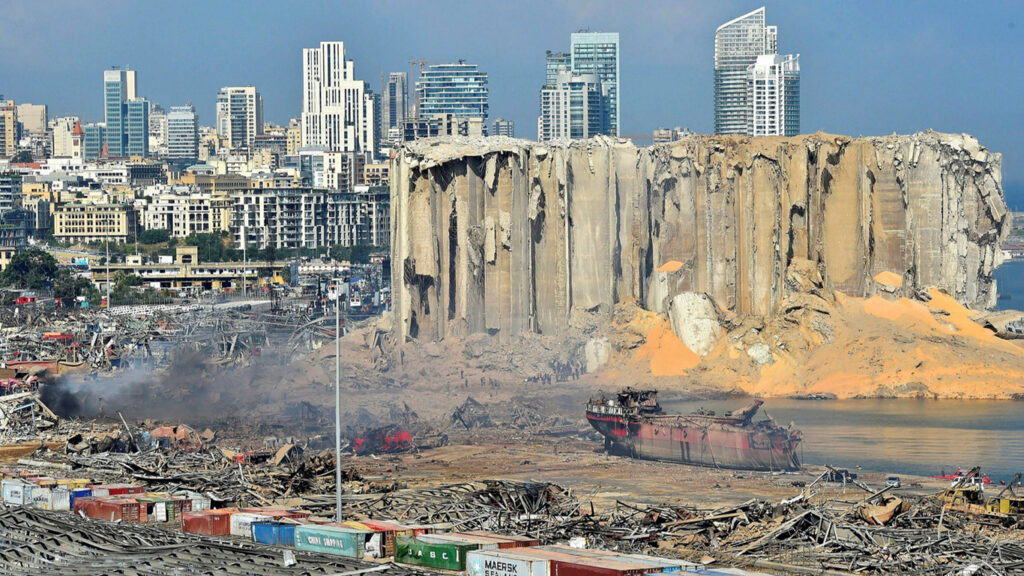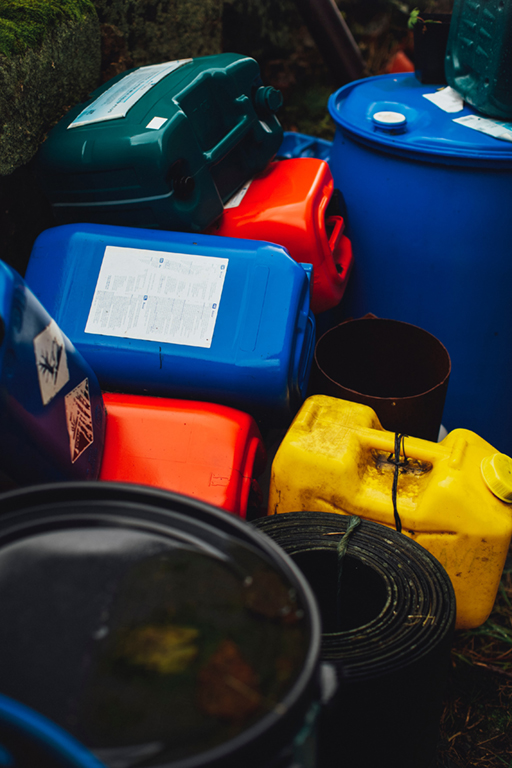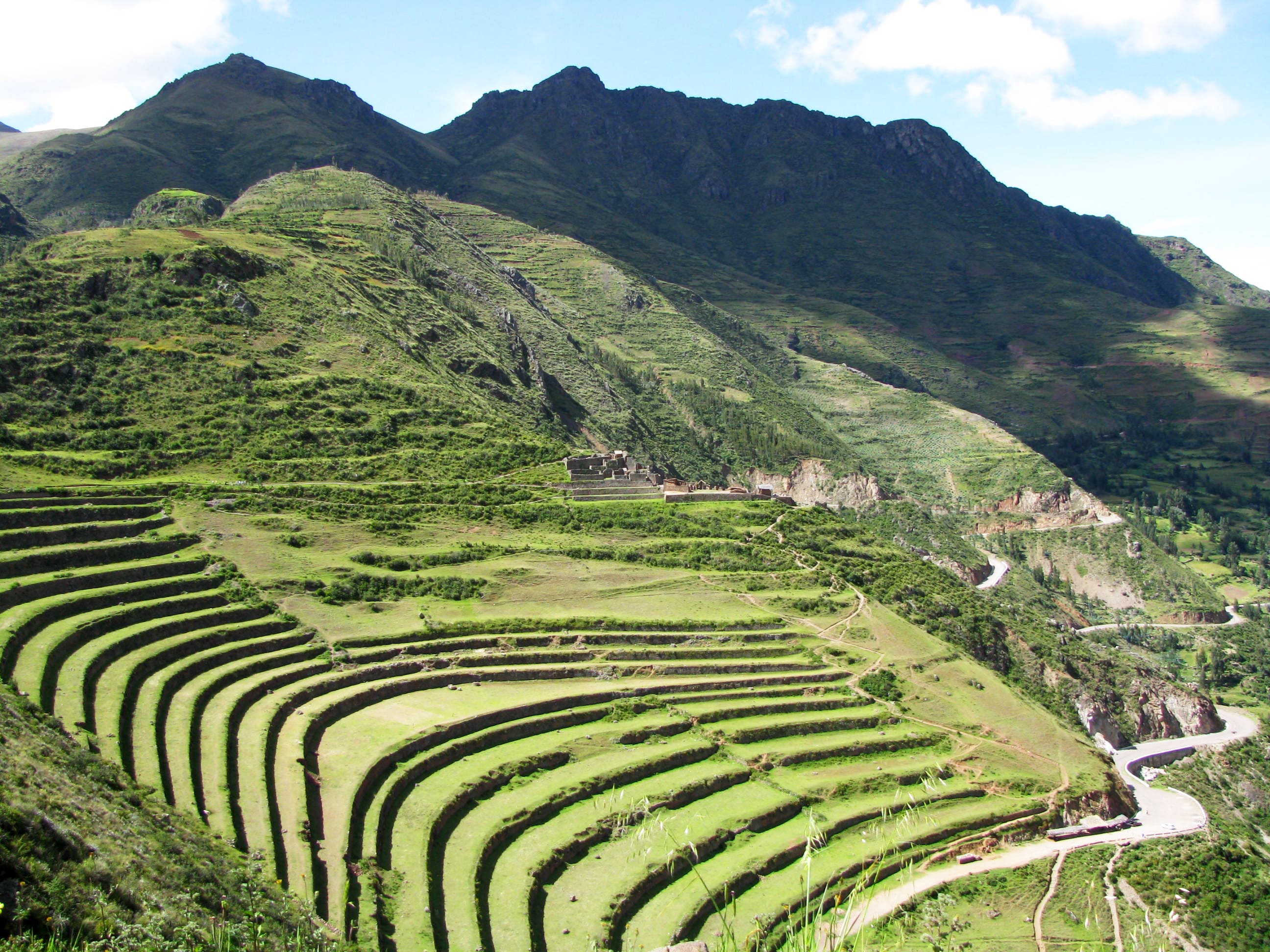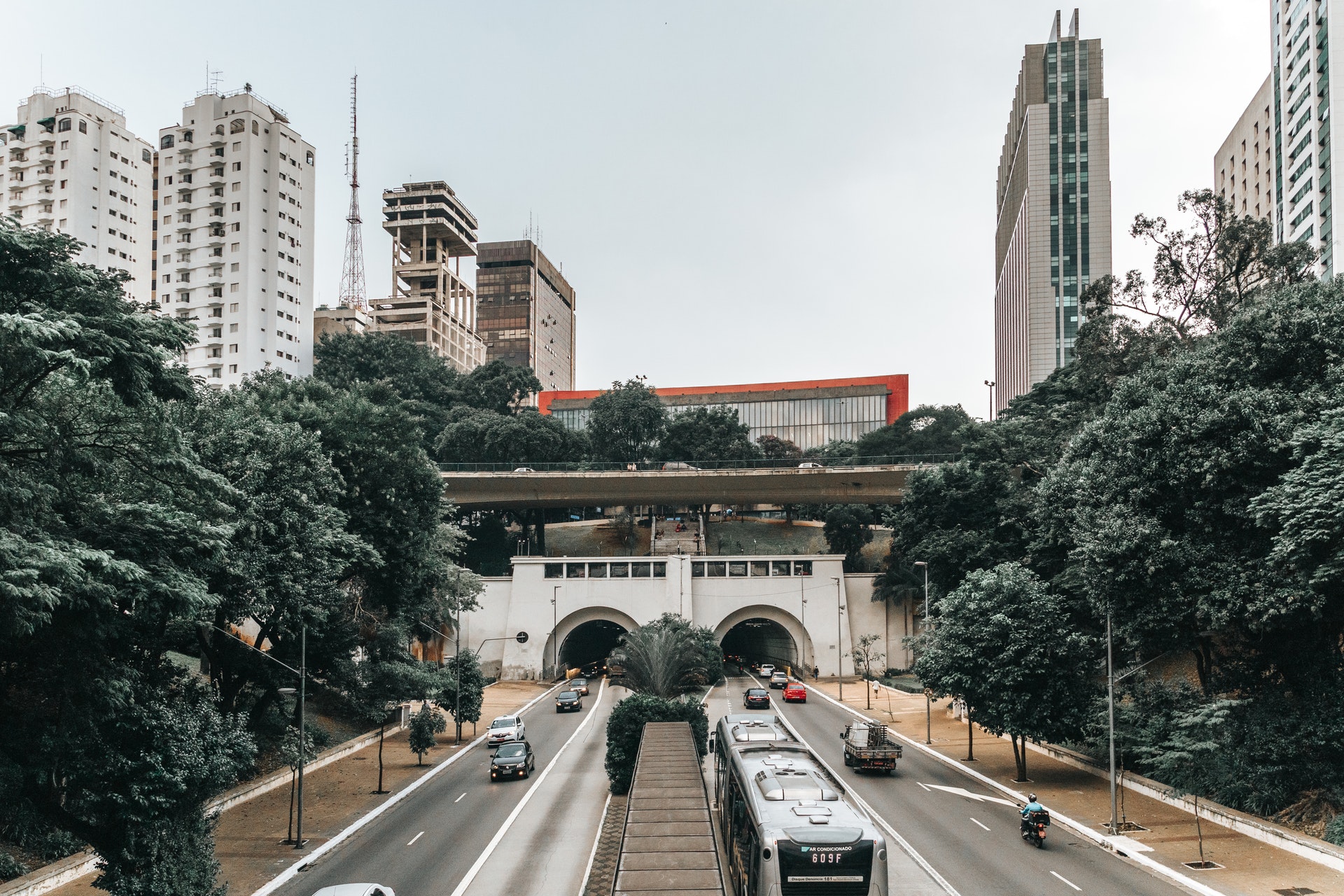News & Blog
Category
Circular Economy
HAZARDOUS WASTE MEETS CIRCULAR ECONOMY
By Alejandro Castilla, Member of gaia-liNc
January 24th, 2021
For a sustainable future, in the field of waste/resources management, we need to embrace the vision of a circular economy. In order to close the loop, it is essential to reuse products and to recycle materials.
Energy recovery from residual waste, which cannot be reused or recycled, also plays an important role. After all, waste/resources disposal should be phased out and, where unavoidable, it must be adequately controlled to be safe for humans and the environment.
In my opinion, the effective enforcement of environmental laws and regulations, including primarily the prohibition of incineration or landfilling for waste streams with recycle potential, is the key for the development of the waste/resources management sector. This implies the correct combination of technology solutions, based on the right priorities, directly linked with the quantities to be treated in each required process to guarantee the prevalence of a circular economy.
Generally speaking, when it comes to the topic of waste management and circular economy, most of us tend to think about the recycling of household waste, e.g. plastic, cardboard or products packaging. But what about industrial hazardous wastes? Are we doing enough to get these resources closer to a circular economy? The answers to these questions differ from country to country, nevertheless, in fact not always the most developed countries set the right standards for a sustainable management. What can be considered a general norm is that in developing countries there is often a poorer or barely developed infrastructure for the treatment or safe disposal of industrial hazardous waste, so that this is usually exported, stored untreated or disposed of illegally.
An unfortunate example of this is what happened in Beirut, Lebanon in early August 2020, where a large amount of ammonium nitrate stored at the city port exploded, causing more than 200 fatalities, 6.500 injuries, billions in property damage costs, and leaving an estimated 300.000 people homeless. Therefore, solutions are in growing demand, which are aimed at tackling the problems directly and locally, not only in a more economical way but also safely and sustainably. This stands in clear contrast to leaving industrial hazardous waste and contaminated sites to later generations, whose long-term effects on the environment cannot be fully predicted today. The latter should not be an option.

It is advisable that not only governments, but also regular manufactures and waste management service companies, should be driven by the idea of avoiding the disposal of industrial hazardous waste by incineration or landfilling and instead achieve material recycling in the most resource-conserving way possible. In fact, this is nothing new and has been socialised for several decades already in the waste hierarchy 1 (re-use, recycling, recover, disposal).

However, from the perspective of BATs (Best Available Technologies) there are conflicts of interest in which technology suppliers from different levels in the hierarchy seek to establish their solutions in the market as “all-purpose/multi-level” state-of-the-art technologies for the treatment of industrial hazardous waste, failing to recognise that we live in a world with limited resources. For many of these technology suppliers the availability and growth of waste remains as their driver of market size. As an example, the opening of new hazardous waste landfills and incineration plants (even with the highest technological standards) only cause delays, in some cases for several decades, for governments and companies, among others, to embrace the discussions on how to become part of a truly circular economy.
In conclusion, the change in mindset towards a more sustainable, circular, and environmentally friendly economic model will guide us and bring us closer to starting such discussions. However, this must be led by society as a whole, independently on how complex the planning of waste management strategies is. It is important to be more curious and expand our knowledge of the impact our actions have, from the products and services we get in supermarkets and shops, to the way the companies we work at, invest in or admire manage their waste/resources.
In case you have any questions or comments, feel free to send me an email:
References
1 The waste hierarchy from the EU: https://ec.europa.eu/environment/green-growth/waste-prevention-and-management/index_en.htm
2 Beirut explosion deepens the tragedy of Lebanon: https://www.ft.com/content/193d6c26-da02-4564-ae5c-0d0a4eb51e9e





